What are Educational Equipment
Educational equipment encompasses a vast array of tools, devices, and materials that serve the primary function of supporting and enhancing the learning experience. These items are designed to be used in educational settings such as classrooms, laboratories, and various training environments. The target audience for educational equipment includes students ranging from early childhood education through higher education and adult learning programs, as well as educators and trainers who facilitate the learning process.
The principles on how educational equipment works are grounded in pedagogy and cognitive psychology. They are designed to engage learners, provide hands-on experiences, stimulate the senses, and cater to a variety of learning styles including visual, auditory, kinesthetic, and read/write learners. From simple items like whiteboards and maps to complex scientific instruments or interactive digital devices, educational equipment aims to concretize abstract concepts, illustrate complex processes, and provide a practical context for theoretical knowledge.
The utility of educational equipment lies in its ability to offer learners an active role in their education. By manipulating physical models, engaging with simulations, or using tools to conduct experiments, students can develop a deeper understanding of the subject matter. Moreover, this equipment often encourages collaboration among students, fostering an environment where peer-to-peer learning can flourish. Educational equipment is an indispensable asset in the modern educational landscape, promoting not only knowledge acquisition but also critical thinking, problem-solving skills, and lifelong learning habits.
Types of Educational Equipment
Educational equipment can be broadly categorized based on its use in various subjects and age groups. Here is a closer look at the different types:
Interactive Whiteboards: These digital boards are widely used in classrooms to deliver interactive lessons that can include text, images, videos, and other multimedia resources. They support student engagement and often come with specialized software to create dynamic presentations.
Scientific Laboratory Equipment: Items such as microscopes, Bunsen burners, beakers, and pipettes are fundamental for conducting experiments in biology, chemistry, and physics labs. They enable students to perform scientific inquiries and obtain hands-on experience with scientific methods.
Mathematical Models: Geometrical sets and abacuses are examples of mathematical models that aid in visualizing and solving mathematical problems. These tools help clarify abstract mathematical concepts by providing tangible references.
Language Learning Systems: From traditional flashcards to advanced digital language labs with cloud data integration, these systems are geared towards enhancing language skills through repetitive practice and immersion techniques.
Educational Toys: Designed primarily for younger children, these toys include puzzles, blocks for construction play, electronic gadgets for learning numbers or letters, and sensory mats. They contribute to cognitive development as well as fine motor skill enhancement.
Each type of educational equipment is intended to fulfill specific pedagogical functions within various domains of learning.
How to choose Educational Equipment
In selecting the right educational equipment for a business or educational institution, several factors should be taken into consideration:
Age Appropriateness: The chosen equipment must match the developmental stage and learning capacity of the students it is intended for. For example, tactile mats may be more suitable for younger children while advanced experiment kits are better suited for older students.
Material Quality: Durability is key when it comes to educational equipment due to frequent use. Materials like wood or metal may last longer than plastic; however, safety considerations must also guide material choice especially in products used by younger children.
Functionality: The intended purpose of the equipment should align with curriculum goals or training objectives. For instance, if the focus is on STEM education, then scientific lab apparatus or robotics kits might be essential.
Ease of Use: Equipment should be user-friendly to encourage independent learning and minimize potential frustration during the learning process. Items that require complex setup or have steep learning curves might not be ideal for all settings.
Furthermore, considering eco-friendly options helps promote sustainable practices within educational environments.
Best Educational Equipment on Alibaba.com
Alibaba.com stands out as an immense marketplace connecting businesses across the globe with a comprehensive selection of educational equipment tailored to meet diverse instructional needs. With its extensive network of suppliers offering products fit for learners of all ages—from toddlers engaging in sensory play to university students conducting complex scientific research—Alibaba.com is an essential resource for institutions aiming to enrich their teaching arsenals.
The platform's commitment to facilitating trade anywhere manifests through features that simplify the procurement process. Buyers can navigate through an expansive product catalog with ease thanks to user-generated content that aids in filtering options; they can also communicate with suppliers in their local language. Furthermore, Alibaba.com enhances buyer confidence through services like Trade Assurance which protects payments until buyers confirm satisfactory delivery of their orders.
Choosing Alibaba.com means accessing a world-class selection of innovative educational tools while enjoying a seamless purchasing experience designed for businesses looking to invest wisely in their educational infrastructure. Whether it's equipping a classroom with the latest interactive technology or stocking a laboratory with precision instruments, Alibaba.com offers reliable solutions that cater to both current demands and future advancements in education.
Common FAQs for Educational Equipment
What considerations should be made when purchasing educational equipment for different age groups?
When purchasing educational equipment, it is important to consider the developmental and cognitive stages of the target age group. Equipment must be safe, engaging, and appropriate for the educational goals of each age range, from tactile and interactive items for younger children to more complex tools for older students.
How do I ensure the educational equipment I select is durable and safe?
Selecting educational equipment made from quality materials like metal, wood, or high-grade plastics can enhance durability. Safety can be ensured by checking for certifications and compliance with safety standards relevant to the educational environment and age group.
What types of educational equipment are recommended for hands-on learning experiences?
For hands-on learning, scientific laboratory equipment, mathematical models, construction toys, and interactive whiteboards are recommended as they encourage active participation and facilitate experiential learning.
How can educational equipment cater to different learning styles?
Educational equipment can cater to various learning styles by incorporating elements that appeal to visual, auditory, kinesthetic, and read/write learners through multimedia tools, interactive features, physical models, and written materials.
What factors should I consider when choosing language learning systems?
When choosing language learning systems, consider the integration of repetition and immersion techniques, as well as the inclusion of modern technologies that enable cloud data access and interactive learning.
Can educational equipment be eco-friendly?
Yes, many suppliers provide eco-friendly educational equipment made from sustainable materials or designed with environmentally responsible practices in mind. Look for features such as "eco-friendly" or "made from recycled materials" in product descriptions.
How does educational equipment facilitate collaborative learning?
Educational equipment can facilitate collaborative learning by encouraging group activities, discussions, and projects. Interactive whiteboards and digital platforms are particularly effective in supporting teamwork and peer-to-peer instruction.
What are some essential features to look for in interactive whiteboards?
For interactive whiteboards, essential features include touch sensitivity, multi-user capability, compatibility with various multimedia formats, and software that allows for dynamic lesson creation and delivery.
How do I choose the right scientific laboratory equipment for my curriculum needs?
Identify the specific experiments and scientific principles that align with your curriculum. Then select laboratory equipment that enables students to conduct these experiments safely and accurately.
What are some considerations for selecting educational toys that promote cognitive development?
Educational toys should be age-appropriate, engaging, and designed to challenge cognitive skills such as reasoning, problem-solving, memory, and fine motor coordination. Additionally, they should align with the desired educational outcomes.
How do I ensure that the technological features of my educational equipment will remain relevant?
Selecting modular or upgradable equipment with access to software updates can help ensure technological relevance over time. Additionally, choosing equipment from suppliers known for innovation may provide long-term benefits.







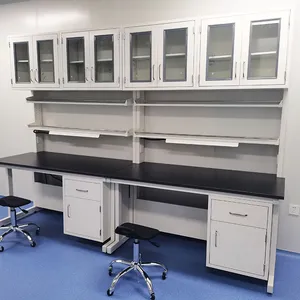







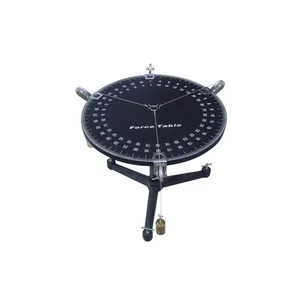

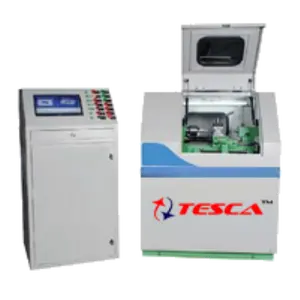

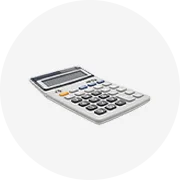
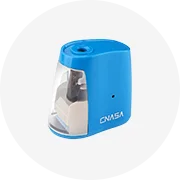
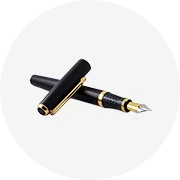


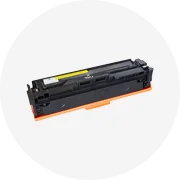


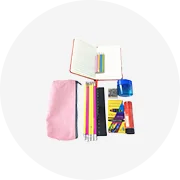

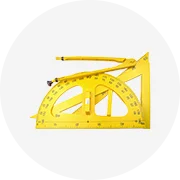

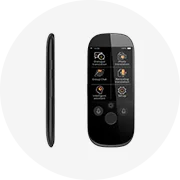











 浙公网安备 33010002000092号
浙公网安备 33010002000092号 浙B2-20120091-4
浙B2-20120091-4